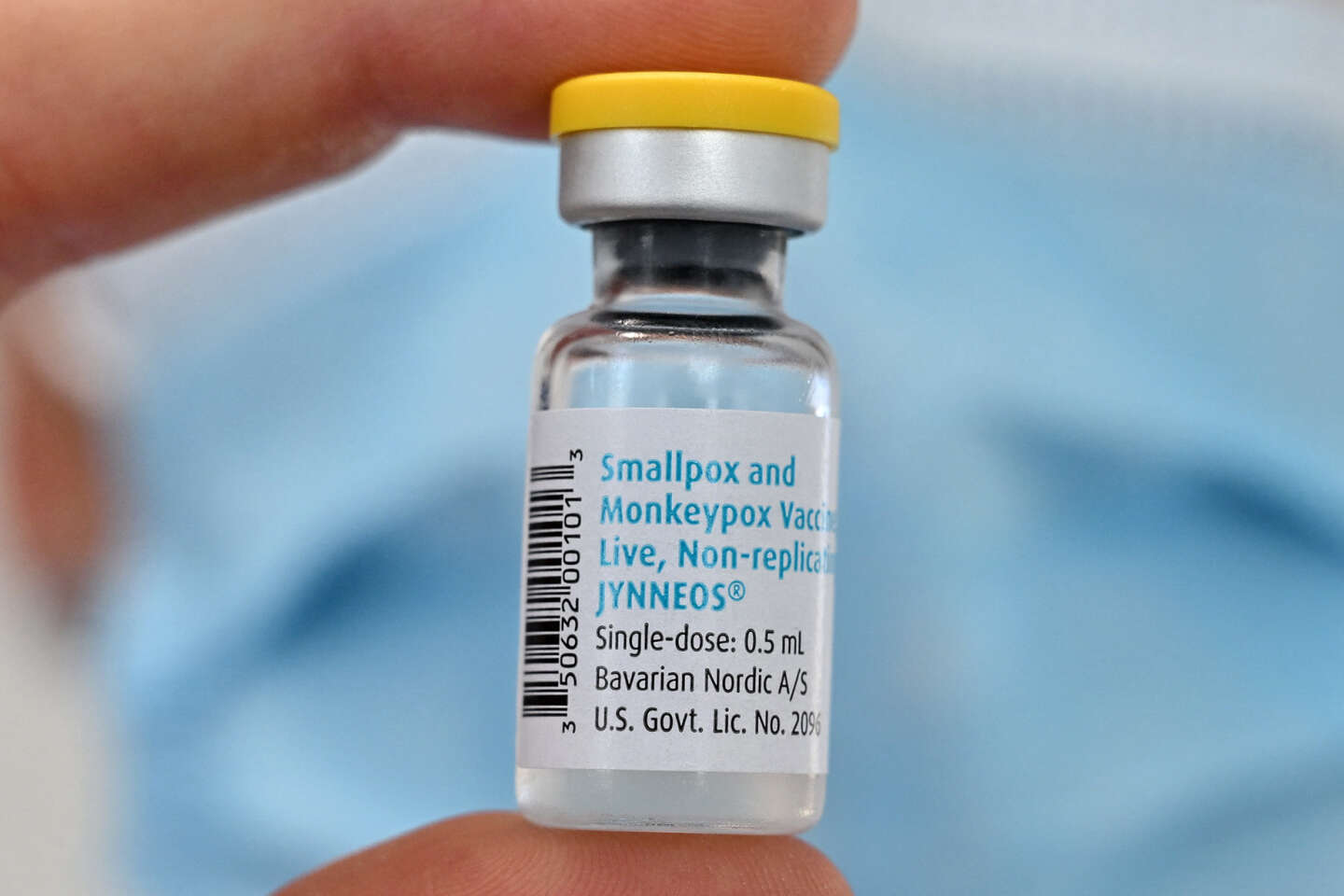
All species in the animal kingdom, including humans, need energy to function and stay healthy. This energy is extracted from the foods consumed, and more specifically from the micronutrients and macronutrients that comprise them. Energy metabolism corresponds to all the chemical reactions that occur in the body’s cells that result in the production of energy.
Animal species do not have the same energy metabolism. A new study published in the journal Advancement of science The carbon atoms of amino acids are seen responsible for ensuring the proper functioning of the body. Thus, the scientists who conducted this study discovered the fingerprints of energy metabolism in different species.
Read also >> Do you still have room for dessert? Here is the scientific explanation
Energy metabolism is not the same for all animal species
The energy metabolism of animal species adapts to meet their needs for survival, growth and reproduction. Researchers from Griffith University have been working collaboratively with Queensland health scientists for more than a decade. Thus they discovered a new way to study metabolism by examining the isotopes found in amino acids.
Remember that isotopes of an element have identical chemical properties, but different physical properties. They have the same atomic number, but not the same mass number. By measuring the ratio between heavy isotopes and light isotopes in biological molecules such as proteins, scientists learn more about the organism.
Isolate carbon atoms from amino acids to obtain highly detailed metabolic information
Until now, scientists have been accustomed to analyzing the total isotope ratio of an entire protein. This makes it possible, for example, to know what an animal eats, but without revealing more detailed information. The researchers then studied isotopes of each of the 20 individual amino acids that make up the proteins.
To get more detailed information, the researchers from Griffith University and Queensland Health wanted to analyze the carbon isotopes of each amino acid in order to obtain “ Incredibly detailed metabolic information “.
In 2018, researchers worked with a team from Japan to prove that it was possible to isolate the required carbon atoms from amino acids using nyhydrin. All that remains is to study these isotopes of carbon atoms to uncover the secrets of energy metabolism in different species.
Read also >> Are fermented foods really good for your health?
Shrimp and mammals do not have the same metabolism
Mass spectrometry made it possible to read the isotopic fingerprints of carbon atoms isolated by nihydrin. The researchers combined this technique with HPLC, also called high-performance liquid chromatography. This separates the different types of amino acids.
Using these techniques, researchers confirmed in 2019 that it is possible to distinguish what they describe as the metabolic “fingerprint” of each mammal. Recently, researchers have studied this metabolic fingerprinting in other, less ordinary animals, specifically squid, fish, shrimp, scallops, and oysters.
They analyzed four stages of energy metabolism: lipogenesis, fat catabolism, protein synthesis, and protein catabolism. This confirms that animal species meet their biological needs such as growth and reproduction in different ways.
Take the example of adult mammals that use fat as a kind of storehouse to regulate their temperature. For its part, adult shrimp break down their own proteins to make fat and are thus able to reproduce. The researchers also made a surprising discovery that the balanced and stable metabolism in humans is similar to that in oysters.
The goal now is to study abnormal metabolism in people suffering from obesity, hunger and cancer. These studies can help the scientific community better understand metabolic diseases at the molecular level.






